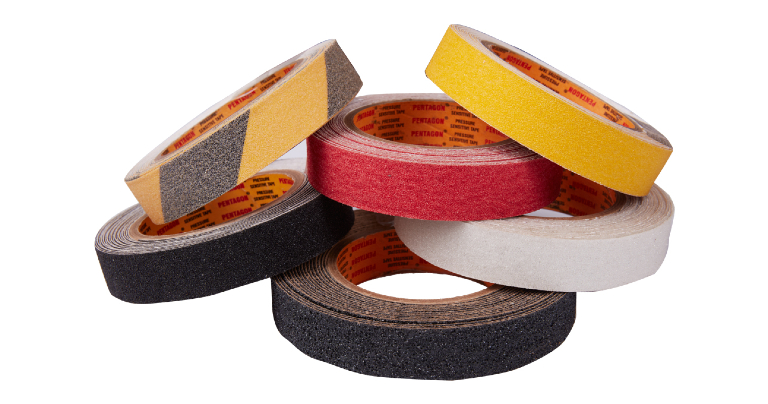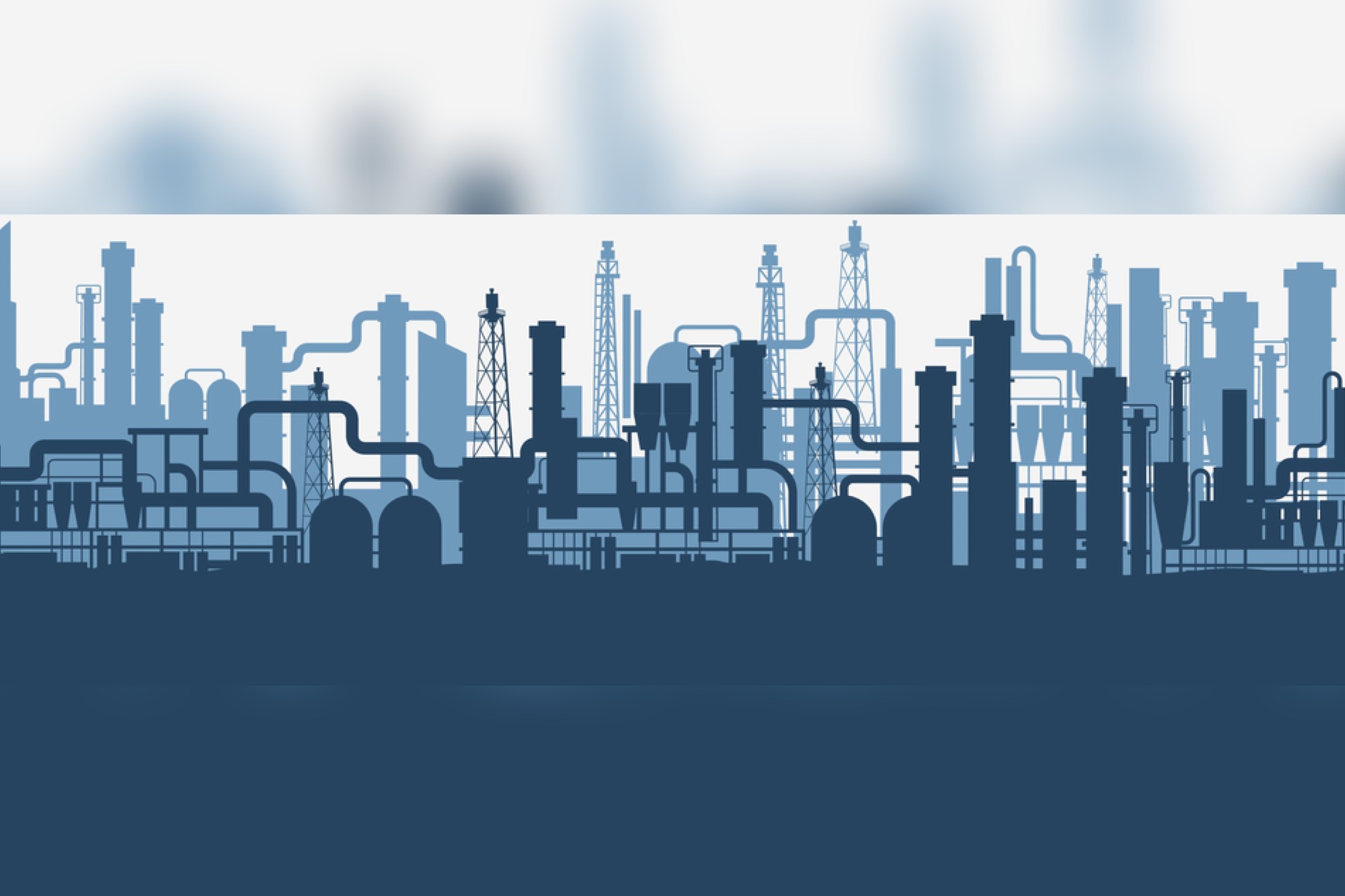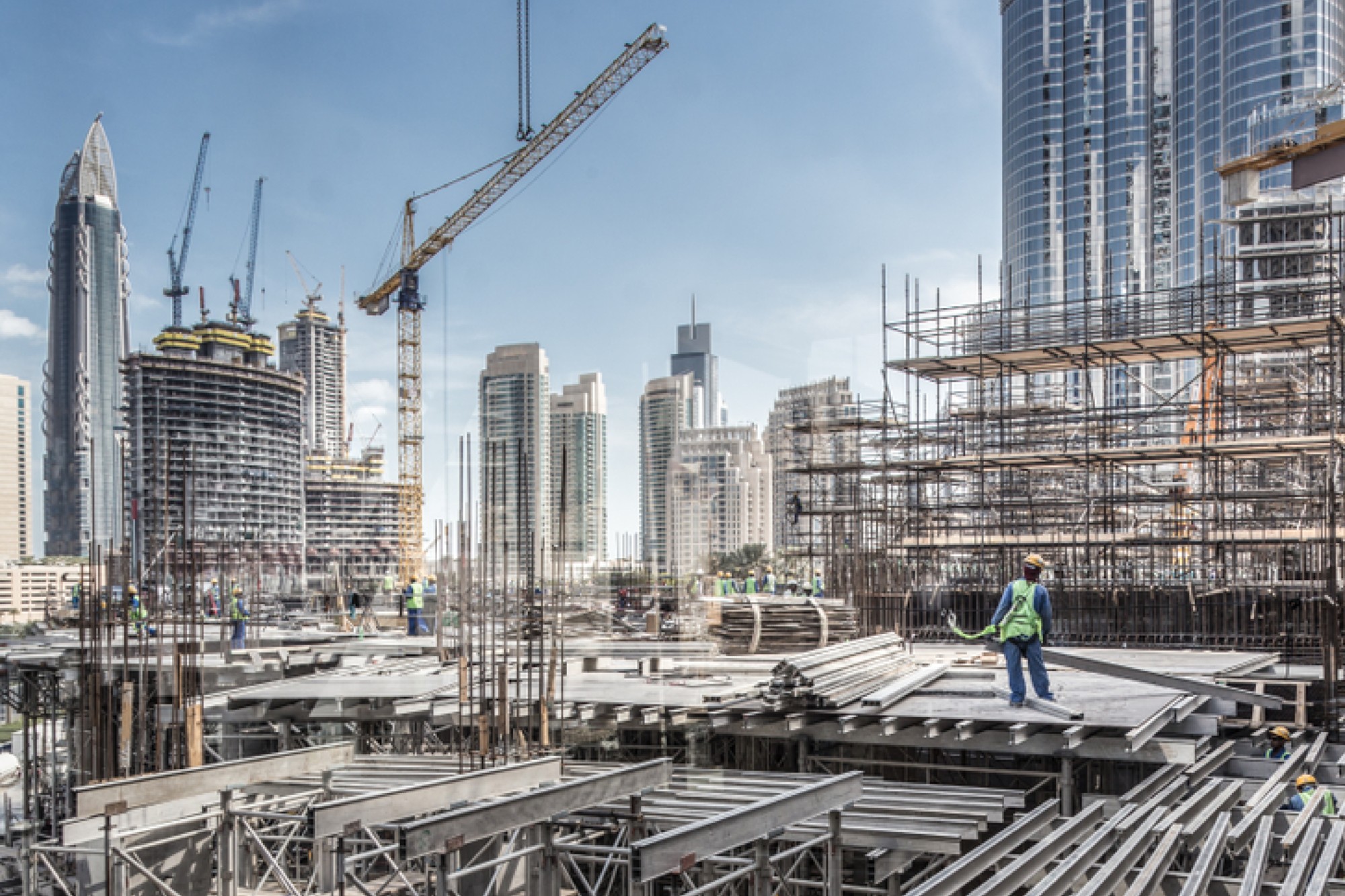Transforming construction through innovative design and versatile bonding
By Edit Team | August 18, 2023 5:39 pm SHARE

The article highlights how adhesives and sealants are transforming the construction industry through innovative designs, versatile bonding, and sustainable practices. These materials improve durability, ease of installation, and weather resistance, ultimately optimising construction efficiency for a more attractive and promising future.
The construction industry is undergoing a revolutionary change thanks to adhesives and sealants, which enable innovative design possibilities and versatile material bonding. These transformative materials are reshaping the way buildings are designed and constructed, allowing for lightweight construction, complex shapes, and seamless finishes. They also facilitate the use of unconventional materials, reduce thermal bridging, and enhance durability and performance, contributing to sustainable and green construction practices. Adhesives’ role is particularly beneficial in prefabrication and modular construction, as well as repair and rehabilitation projects, providing effective solutions.
Durability with easy installation
Adhesives and sealants provide significant advantages over traditional fastening methods in construction projects, particularly in terms of durability and ease of installation. The use of adhesives reduces fatigue and enhanced long-term durability due to uniform stress distribution. Additionally, their corrosion resistance is beneficial in corrosive environments. Rahul Rajgaria emphasises their waterproofing abilities, stating that “sealants provide an effective barrier against water infiltration, preventing moisture-related damage that can compromise the structural integrity of materials over time.” Moreover, adhesives’ resistance to extreme temperatures and chemicals further contributes to the overall durability of bonded joints.
In terms of installation, adhesives simplify designs by eliminating the need for complex mechanical attachments, reducing labour, equipment, and installation time. They allow access to difficult areas and enable weight reduction by reducing the reliance on heavy fasteners and support structures. Adhesives enhance aesthetics, minimise damage, and reduce thermal bridging, leading to more energy-efficient buildings. They also facilitate prefabrication and modular construction, ensuring faster assembly and installation of components. However, successful adhesive use requires proper surface preparation, material compatibility, and application techniques. Decisions between adhesives, sealants, and traditional fasteners depend on specific project requirements, load-bearing needs, and environmental conditions.
Improving the performance and longevity of structures
Adhesives and sealants play a vital role in enhancing the overall performance and longevity of structures by providing superior weather resistance and preventing moisture intrusion. These advantages are essential for ensuring the durability and integrity of buildings and other constructed elements. Sealants effectively seal joints, gaps, and seams, forming watertight barriers that protect against rainwater and wind-driven moisture infiltration. They also provide UV resistance; as quoted by Rahul Rajgaria, “Many modern sealants and adhesives are formulated to resist ultraviolet (UV) radiation from the sun. This prevents degradation and deterioration caused by prolonged sun exposure, ensuring that the bonded materials maintain their structural integrity and appearance over time.”
Adhesives and sealants that withstand thermal cycling and accommodate movement contribute to the long-term weather resistance of bonded joints. Moreover, these materials prevent moisture intrusion, safeguarding against rot, mould growth, and structural damage. They also support indoor air quality and sustainability efforts by extending building component lifespans and reducing the need for repairs and replacements. Proper selection, application, and maintenance of adhesives and sealants are crucial for their continued effectiveness in preserving and enhancing constructed environments.
Enhancing efficiency in construction
Adhesives and sealants are key players in ensuring efficient construction processes by reducing assembly time, minimising labour costs, and enabling modular construction techniques. Their fast-bonding capabilities streamline assembly, eliminating the need for drilling and curing times. Simplified installation and reduced reliance on heavy equipment further enhance construction efficiency. Adhesives support modular construction, enabling off-site fabrication and faster on-site assembly, minimising disruptions. Lightweight materials become viable due to adhesives, promoting efficient high-rise construction. Design flexibility and seamless integration enhance project timelines. With minimal surface preparation, adhesive bonding accelerates construction. Low disruption, energy efficiency, and improved aesthetics further contribute to efficient and sustainable building practices. Overall, adhesives and sealants play a vital role in optimising construction processes.

This article has been authored by Rahul Rajgaria, Founder, Pentagon Tapes Pvt. Ltd.
Cookie Consent
We use cookies to personalize your experience. By continuing to visit this website you agree to our Terms & Conditions, Privacy Policy and Cookie Policy.





















































